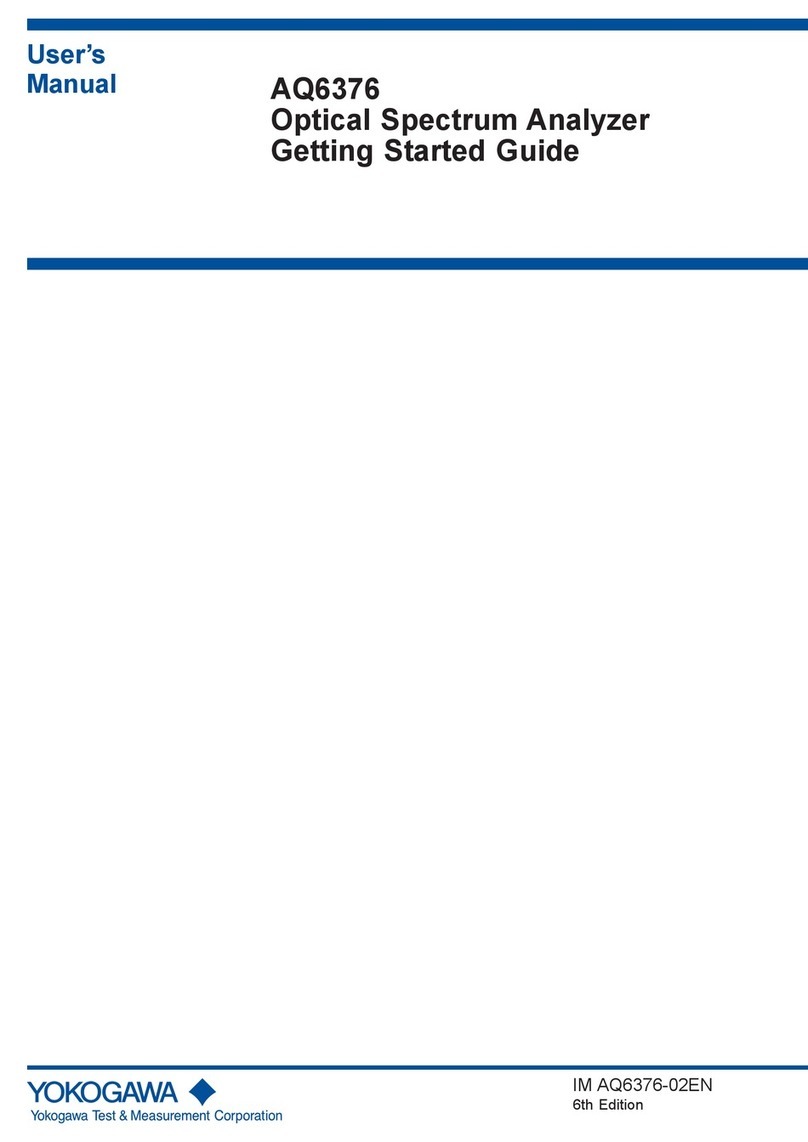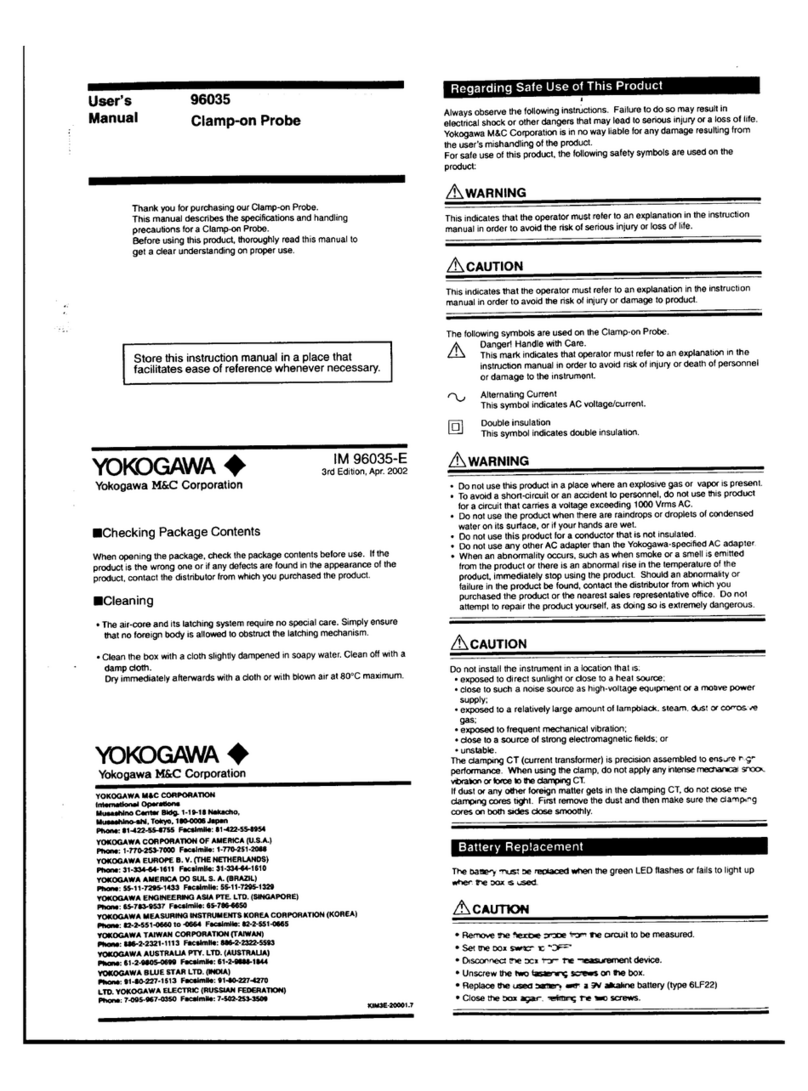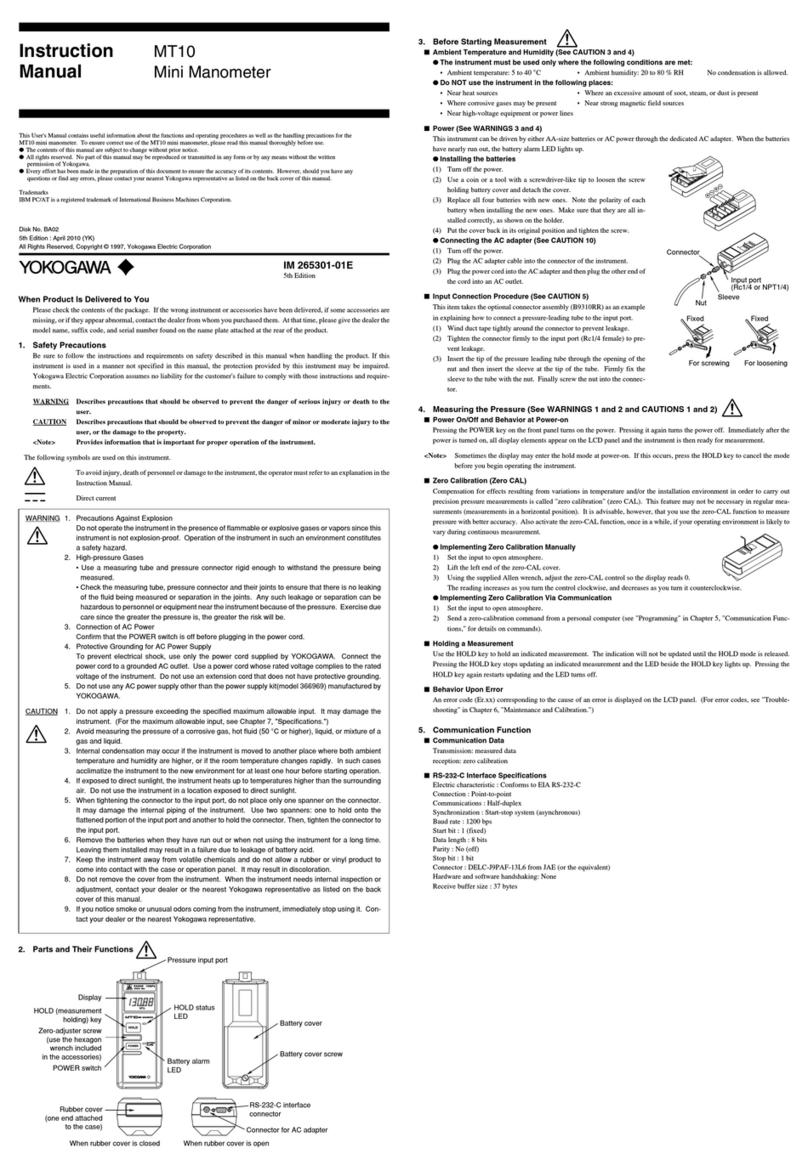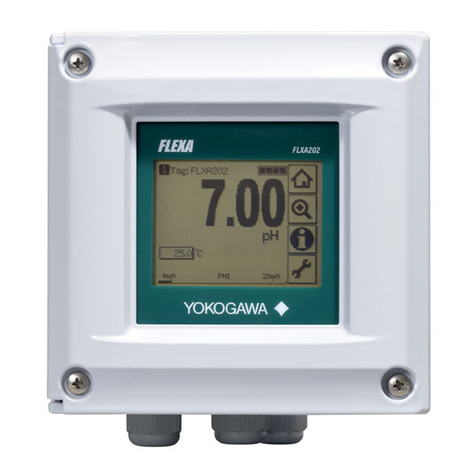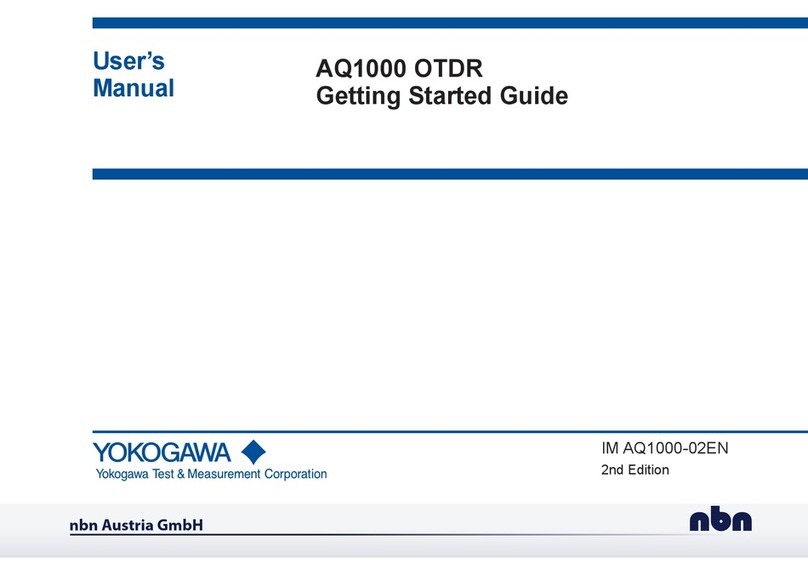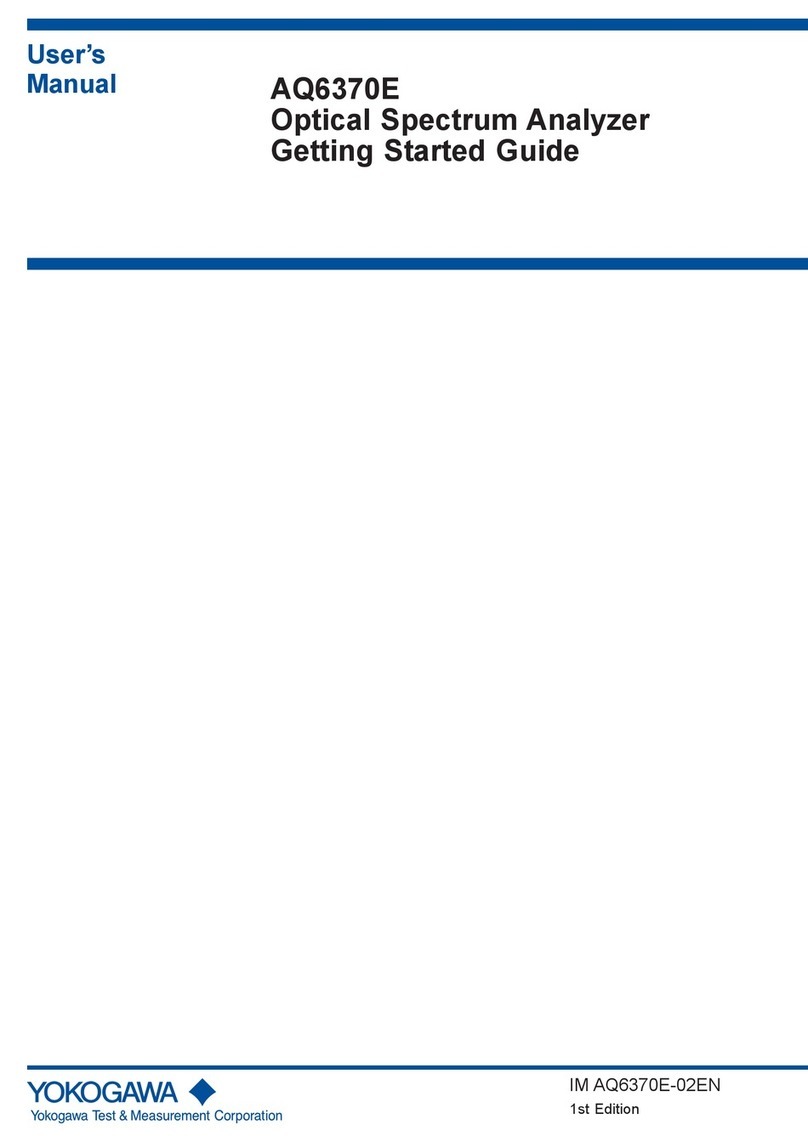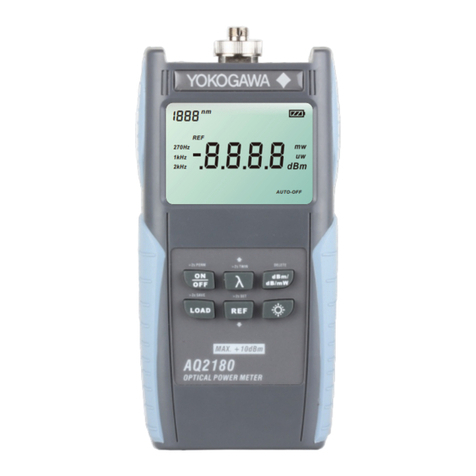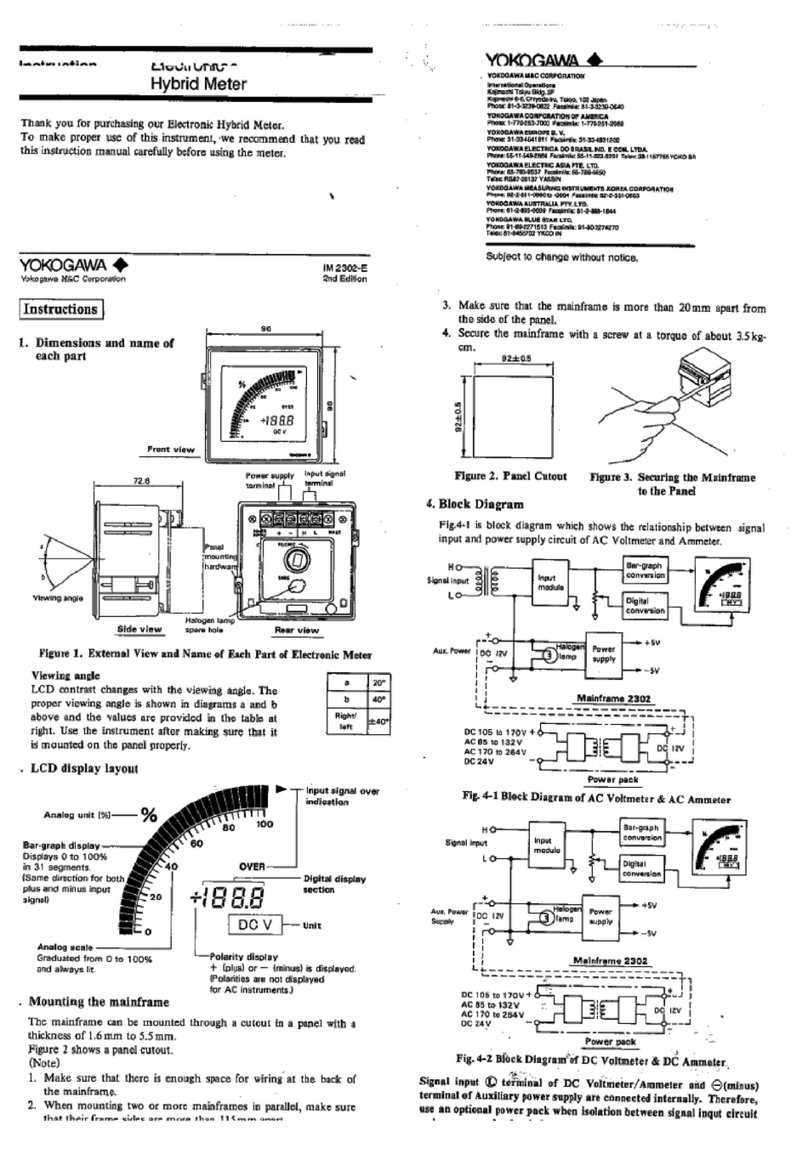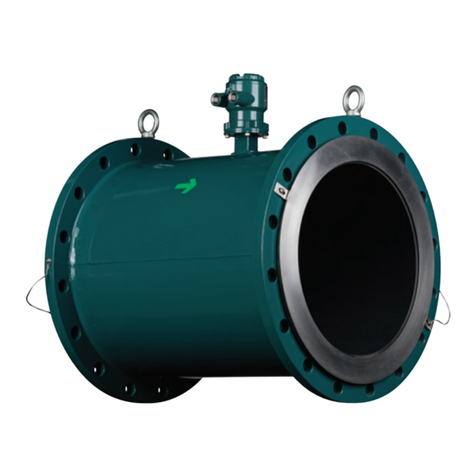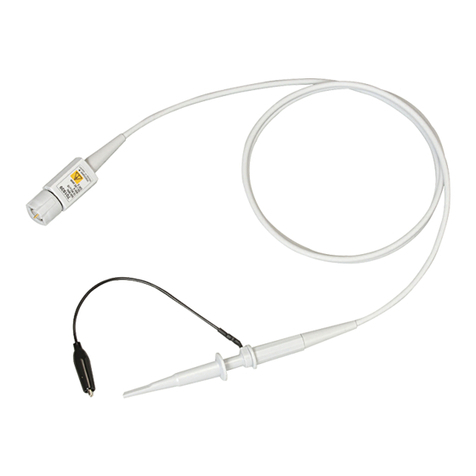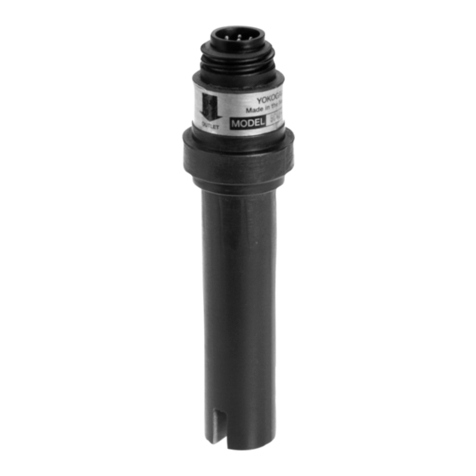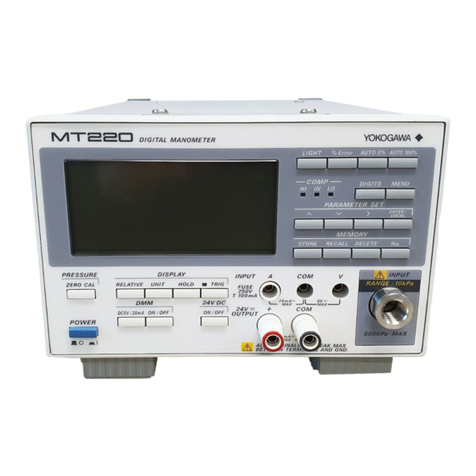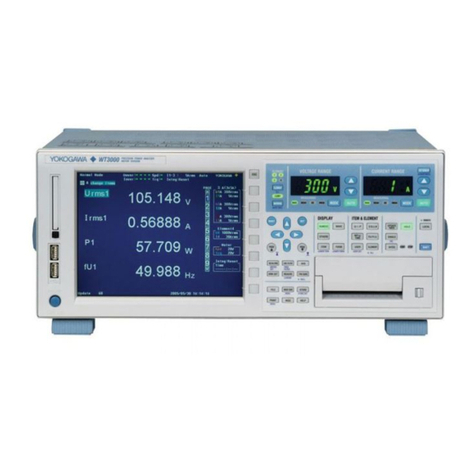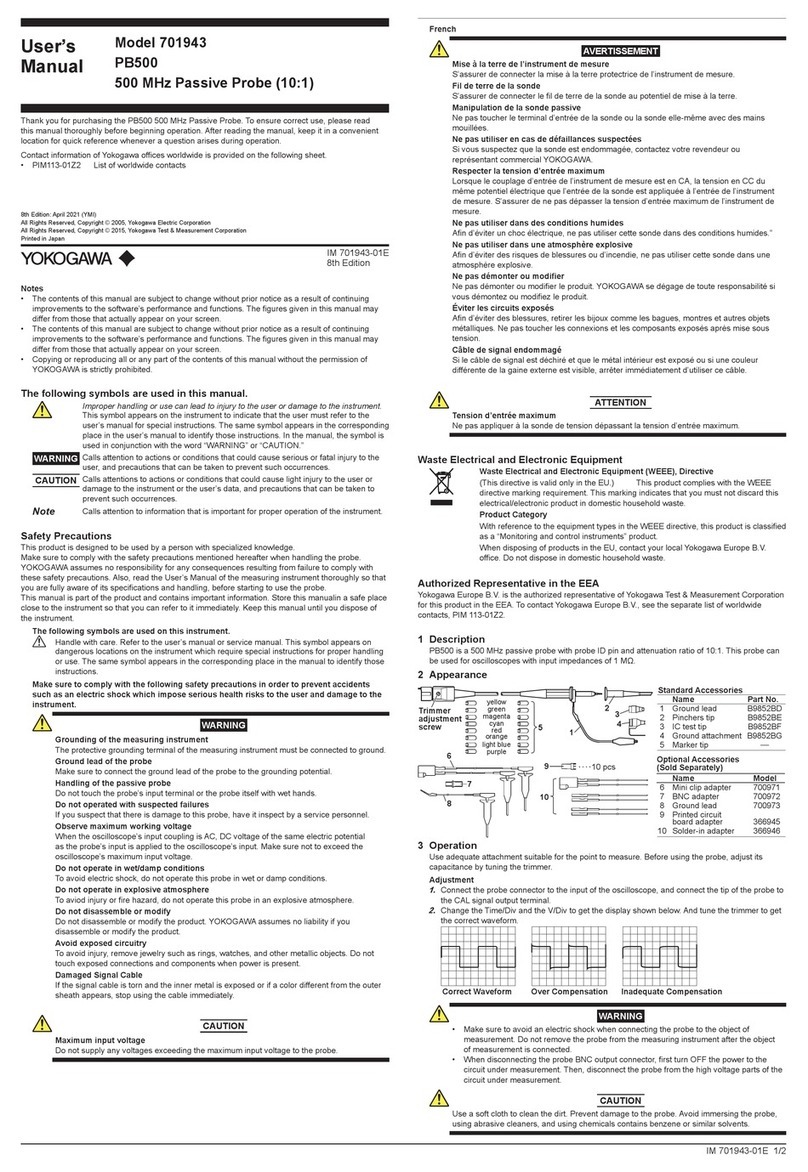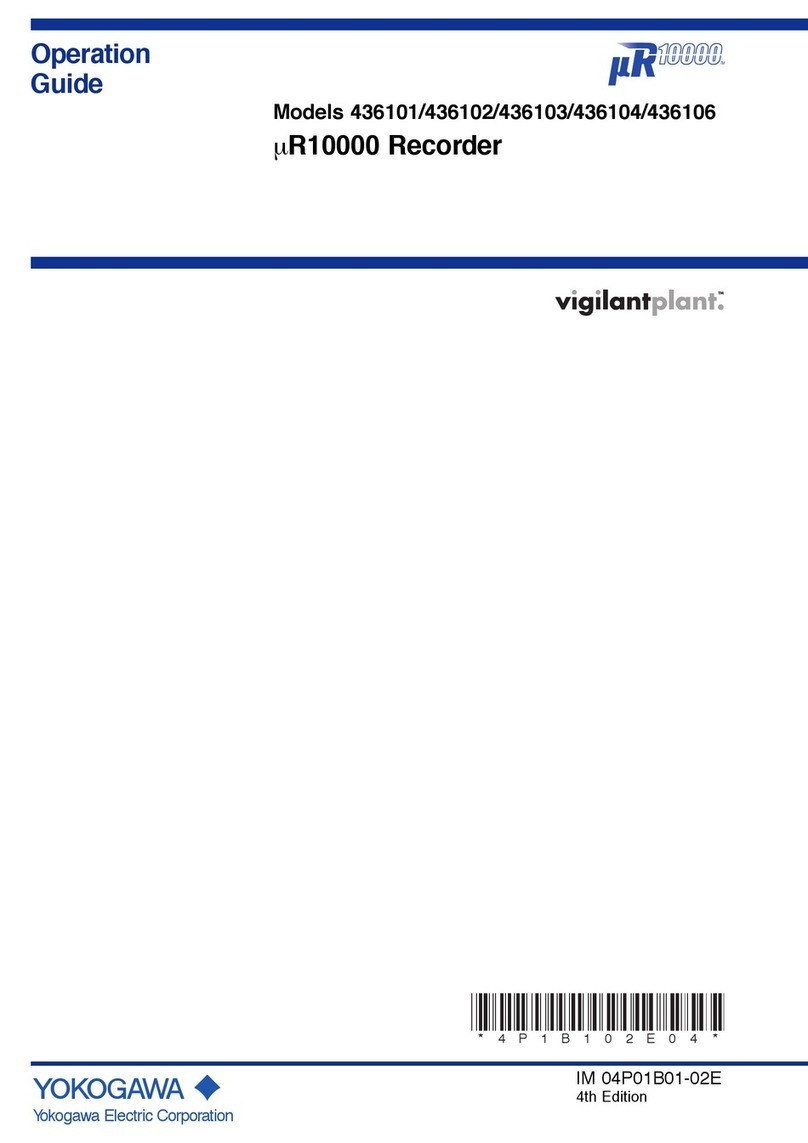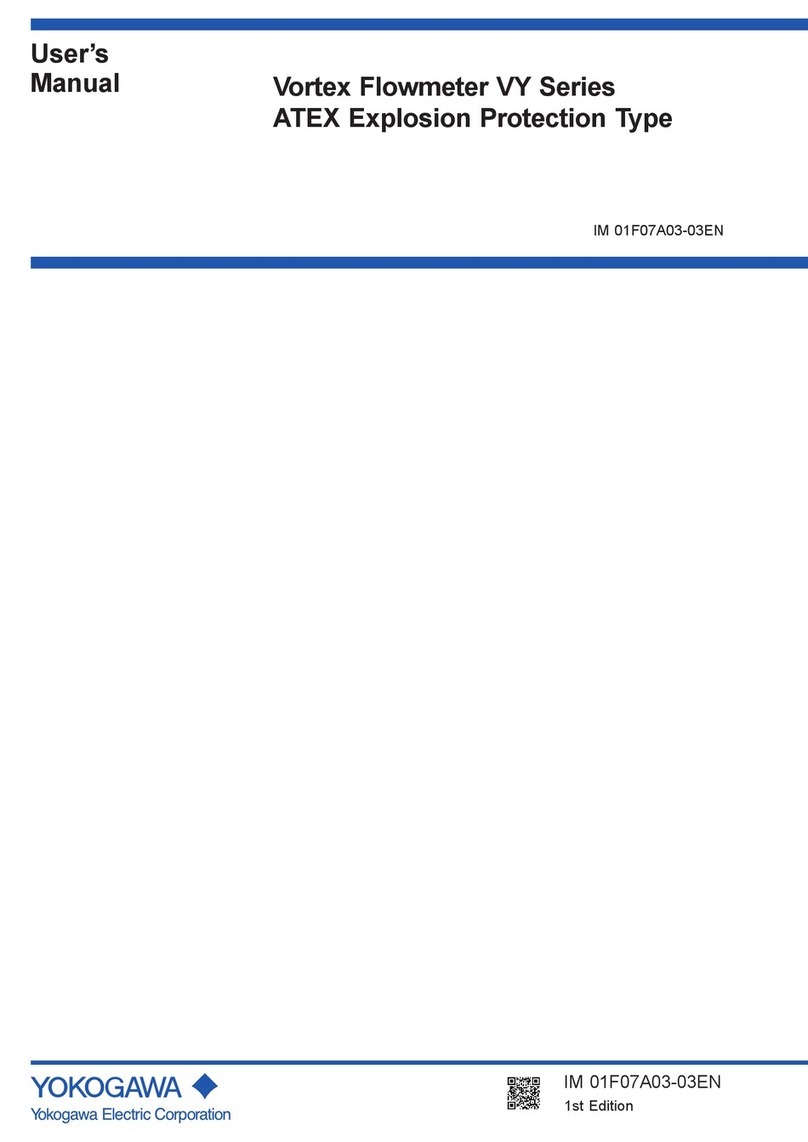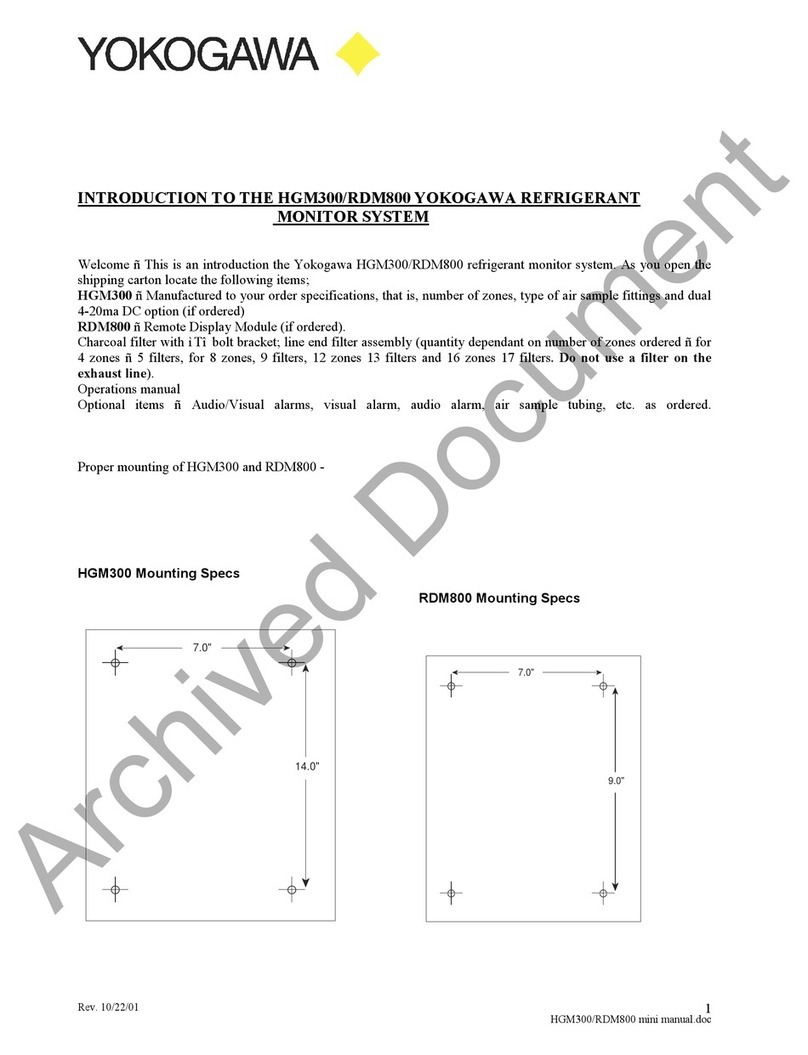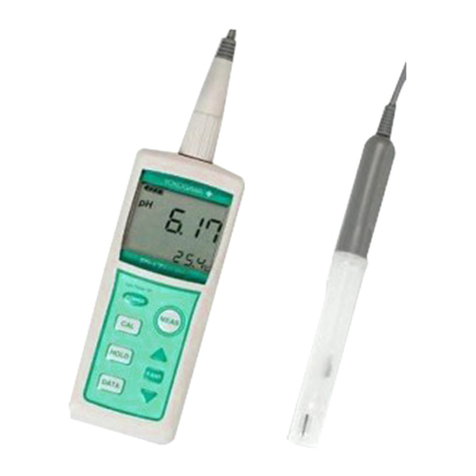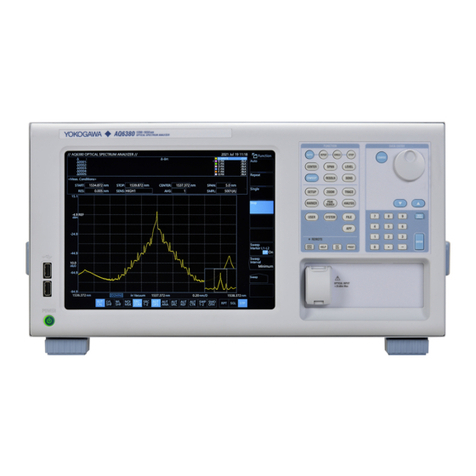
Toc-2
IM 12F4A1-01E
4.3.3 Supplying Cleaning Water ................................................................. 4-6
4.3.4 Turning on Power............................................................................... 4-6
4.3.5
.................... 4-7
.......................... 4-7
......................................... 4-8
Opening.............................................................................................. 4-9
4.3.9 Purging Air Supplying......................................................................... 4-9
4.3.10 Polishing Indicator Electrode ........................................................... 4-10
4.3.11 Filling the Zero Filter Case and Running-in Operation .................... 4-11
4.3.12 Output Range Setting ...................................................................... 4-11
4.3.13 Calibration........................................................................................ 4-11
4.4 Operation......................................................................................................... 4-12
5. ConverterOperation................................................................................ 5-1
5.1 ComponentIdenticationandFunctionsontheControlPanel.................. 5-1
5.2 OperationModesandFunctions..................................................................... 5-2
5.2.1 Function Codes and Their Description in <MEAS.> Mode................ 5-3
5.2.2 Function Codes and Their Description in <MAINT.> Mode ............... 5-4
5.2.3 Function Codes and Their Description in <PROGRAM.1> Mode..... 5-4
5.2.4 Function Codes and Their Description in <PROGRAM.2> Mode..... 5-6
5.3 KeyOperation.................................................................................................... 5-7
5.3.1 Operation Key Types and Functions ................................................. 5-7
5.3.2 Key Operation in <MEAS.> Mode ..................................................... 5-9
5.3.3 Key Operation in <MAINT.> Mode................................................... 5-10
5.3.4 Key Operations in <PROGRAM.1> Mode....................................... 5-21
5.3.5 Key Operation in <PROGRAM.2> Mode......................................... 5-32
6. ConverterOperatingFunctions.............................................................. 6-1
6.1 <failure>DetectingOperation......................................................................... 6-1
6.1.1 Concentration Range Exceeded (Err11) ........................................... 6-1
6.1.2 Sample Temperature Failure (Err12, Err24) ...................................... 6-1
6.1.3 Out-of-Sample in the Measuring Tank (Err13)................................... 6-1
6.1.4 Converter Failure (Err14, Err15, Err16, and Err17) ........................... 6-3
6.1.5 Concentration Upper Limit Setpoint Exceeded (Err25) ..................... 6-3
6.2 AnalogOutputSignal....................................................................................... 6-4
6.3 ContactOutput.................................................................................................. 6-4
6.4 ContactInput..................................................................................................... 6-4
6.5 DefaultStatusWhenModeChange................................................................ 6-5
7. Calibration................................................................................................. 7-1
7.1 Running-inOperation....................................................................................... 7-1
7.2 ZeroCalibration................................................................................................. 7-1
7.2.1 Zero Calibration Using Open Input Circuit Method............................ 7-1
7.2.2 Zero Calibration Using Chlorine-Free Water .................................... 7-2
14th Edition : Jul. 15, 2020


